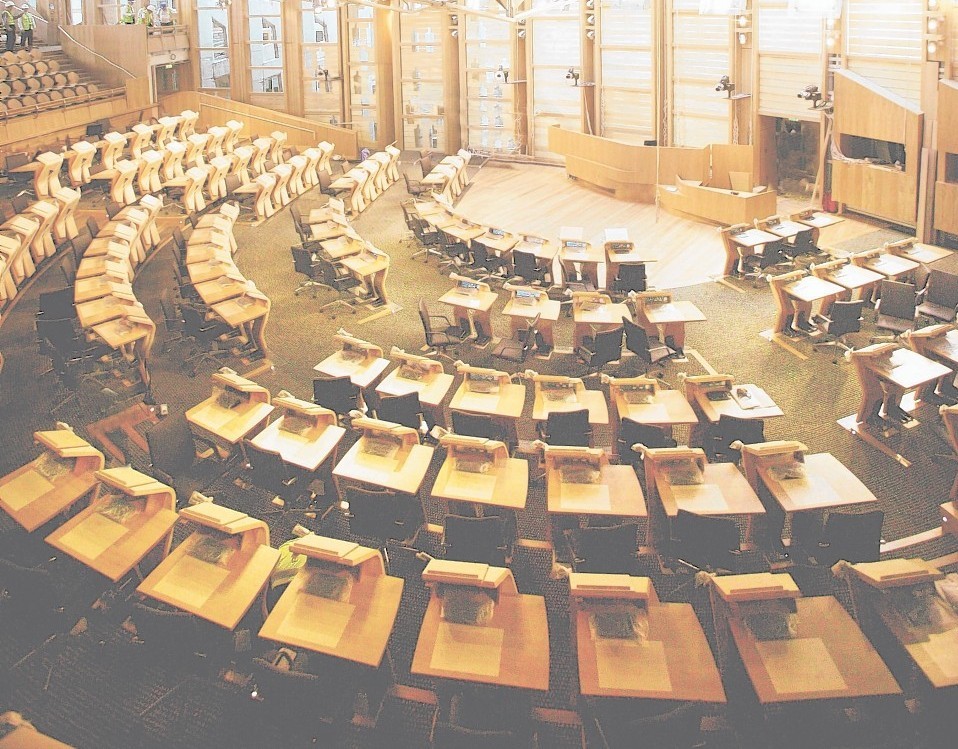An Aberdeenshire man is looking to close an apparent “loophole”, claiming it allows developers to circumvent planning regulations.
Proposals for more than 50 houses, or on more than two hectares (4.9acres) are classified as “major” – and mean the local community has to be consulted.
However, George Chalmers claims developers are getting round the legal requirements by submitting two or more planning applications for what should be considered one larger scheme.
He claims planning officials are turning a blind-eye to the practice and even colluding with developers.
Yesterday the retired offshore maintenance engineer appealed to the Scottish Parliament’s public petitions committee for the Scottish Government to provide more clarity surrounding regulations that allow developers to “ignore” the criteria surrounding major applications.
Mr Chalmers was spurred into action by a proposed housing scheme near his home at Whiteford, near Pitcaple.
A local housing developer originally put in one planning application for 18 homes on six-and-a-half acres (2.6hectares) of land.
Bids for two smaller developments – for 15 and three houses – on the same ground were later submitted instead.
Mr Chalmers, 68, told MSPs he failed to understand how a regulation “can ever be deemed fit for purpose” when one day the planning authority classed the development as major and “then by the simple manipulation of paper work” said it did not fit the criteria.
“It has become increasingly difficult, some would say nigh impossible, for the general public to have their voice or opinion listened to within the current system particularly when it comes to local planning issues,” he said.
“What the public deserve are robust regulations.”
Mr Chalmers said while he could not say the practice of submitting multiple applications to stop a scheme being classed as a major development was being used all over Scotland, that was certainly the case in the north-east.
He told MSPs that Moray Council received 10 applications for what should have been one development.
The committee decided to get the views of the Scottish Government, the advice group Planning Aid Scotland, and a cross-section of local authorities.
